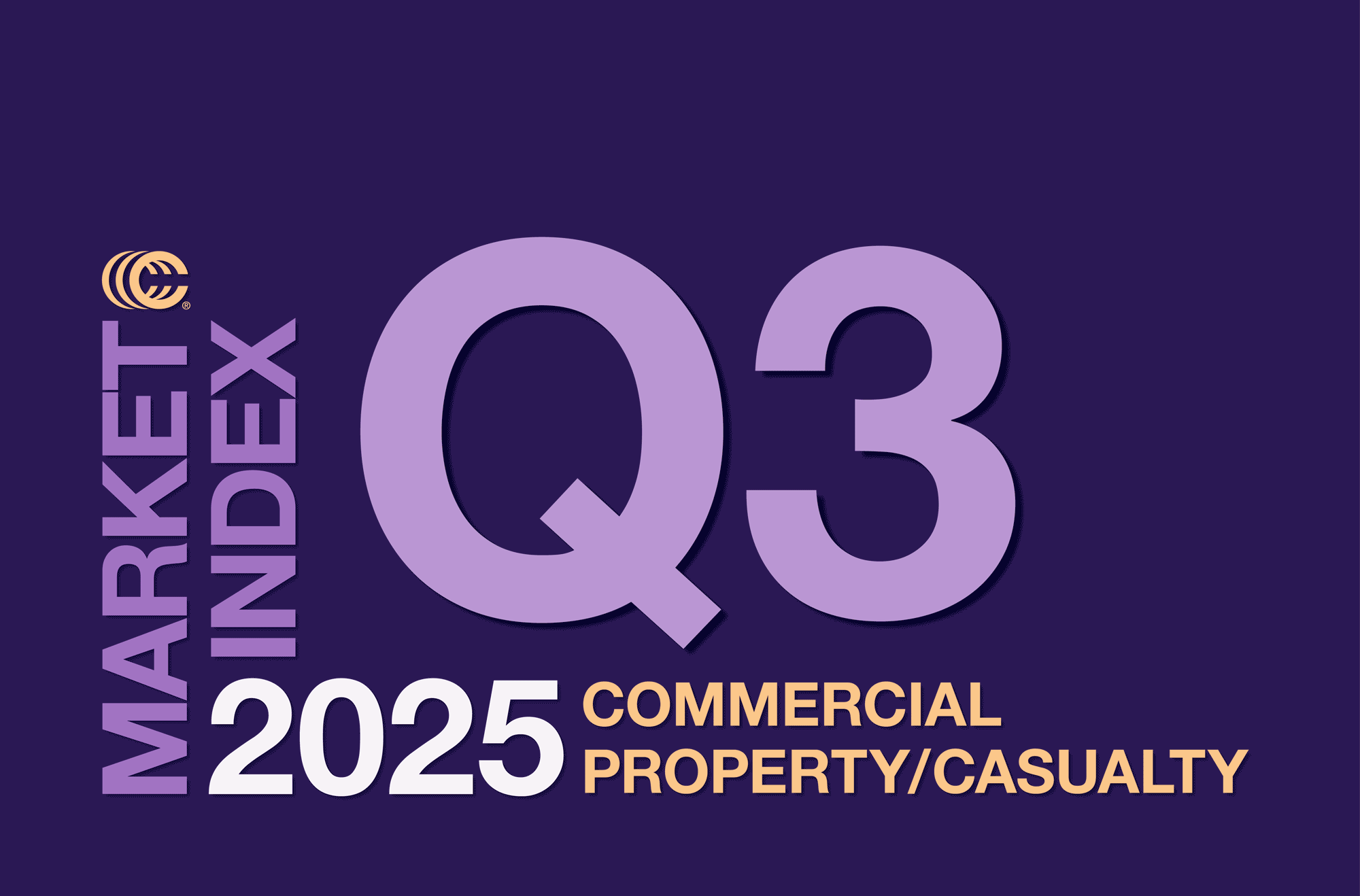
Navigating Healthcare Liability

Market trends, rising claims, and technological adoption are reshaping the healthcare liability insurance sector in 2025 and leading into 2026.
Brokers and insurers must keep pace with these changes to make sure their clients are covered in this changing market.
The healthcare liability market is stable today, with adequate capacity and generally steady pricing in the medical professional liability (MPL) segment. This balance is supported by the segment’s strong profitability and the entrance of new MGAs offering additional capacity and competitive quoting.
Other sectors, including long-term care, assisted living, and foster care facilities, face tighter underwriting and stricter pricing, as these high-risk areas have not had an influx of capacity. Additionally, the market faces ongoing pressures from increasing claim sizes, larger settlements, and the growing influence of litigation financing. Operational costs, both legal and non-legal, also continue to rise, challenging long-term profitability.
Market Trends and Growth Outlook
The global medical professional liability insurance market is projected to grow to $33.7 billion by 2031, reflecting a 10.8% compound annual growth rate from 2021. Growth is fueled by a rise in malpractice lawsuits, heightened patient awareness of medical malpractice and standards of care, and increased adoption of artificial intelligence (AI)-powered tools for claims processing and underwriting.
“AI tools and technology increase efficiencies in key areas like underwriting, claims and sales, fueling growth objectives,” says Steele Hutto, senior broker, professional liability, at Burns & Wilcox. “However, AI and predictive analytics also create new exposures. An algorithmic misstep or a data breach can open the door to significant liability, and policies need to evolve to reflect that.”
Claims activity has rebounded sharply since the COVID-19 pandemic. Both frequency and severity have surpassed prepandemic levels, while healthcare inflation, driven by issues ranging from labor healthcare shortages to rising labor costs to specialty drugs, continues to exert upward pressure on premiums. Supply chain disruptions, along with pending U.S. tariffs on pharmaceuticals and medical equipment further contribute to rising insurance costs.
Legal and regulatory factors compound the risk environment. The rise of “nuclear verdicts,” or exceptionally large malpractice awards, has created volatility, with notable premium hikes and reduced insurer participation in states including Kentucky, New Mexico, and Pennsylvania. Federal and state regulatory uncertainty, primarily around tort reform, adds further caution in underwriting. Insurers are not comfortable operating in, or willing to extend business to, locations where the regulatory climate remains challenging, thus adding pressure to pricing.
Technology and AI: A New Frontier of Risk
Artificial intelligence is increasingly embedded in healthcare operations. Nearly two-thirds of physicians now use AI for documentation, billing, discharge instructions, and diagnostic assistance. That is up from 38% in 2023,
Teleradiology demonstrates AI’s potential and associated risks. Physicians can now see more patients remotely than ever before, increasing efficiency but also liability exposure. Sensitive patient data collected through AI can heighten privacy risks if not properly secured, including potential violation of the Health Insurance Portability and Accountability Act. Misdiagnoses or delayed treatment due to AI tools can also create malpractice exposure.
“As AI adoption accelerates, we’re seeing a shift in the liability landscape,” Hutto says. “Errors driven by AI recommendations—whether in diagnostics or care instructions—can still result in claims against the provider, especially if human oversight is lacking. Carriers are adjusting their underwriting to account for that.”
The frequency and cost of healthcare data breaches are rising sharply, with incidents now often exceeding $10 million each. In today’s interconnected care networks, a breach can disrupt operations, limit access to patient records, and even impede delivery of essential care. Ransom demands represent only a fraction of the total potential financial and operational consequences.
“Healthcare systems are increasingly targeted because of the sheer volume of sensitive data they manage and the urgency of their services,” notes Lily Chetosky, broker, professional liability, at Burns & Wilcox. “The real cost isn’t just in the ransom, it’s the downtime, regulatory fines, and long-term loss of trust.”
Widespread digitization and reliance on a small number of software platforms have made healthcare facilities and supplier networks especially vulnerable to system failures and cyberattacks, with recovery often taking longer than anticipated. At the same time, state and federal data protection regulations have become stricter, exposing providers to significant penalties if patient information is compromised. Regulatory fines alone can run into tens of thousands of dollars each day.
Expanding Liability Across Healthcare Facilities
The U.S. healthcare services sector, from medical spas to assisted living and long-term care facilities, also faces increasingly complex liability exposures. The medical spa industry has grown globally to just under $22 billion in 2024, fueled by injectables, laser procedures, chemical peels, and weight-loss medications like semaglutide and other GLP-1 drugs. Rapid growth has outpaced regulatory oversight, creating risks from unlicensed practitioners and improper compounding, particularly for weight-loss medications that are now widely available but might not have been approved by the Food and Drug Administration, leaving patients vulnerable to unsafe or ineffective treatments.
“In high-contact service environments like med spas and elder care, sexual abuse and molestation (SAM) claims are not only financially devastating but can permanently damage a facility’s reputation, whether or not the claim is founded, and dramatically impact a facility’s long-term viability” Chetosky says. “Having dedicated, adequate SAM coverage should be considered essential for businesses in this sector.”
Beyond med spas, assisted living and long-term care facilities face heightened liability due to patient vulnerability. According to the U.S. Government Accountability Office, nursing home abuse citations by state agencies doubled from 2013 to 2017, with physical abuse being the most frequent concern. State-level changes to statutes of limitation and reporting periods, combined with large jury awards, have further amplified exposure across all facilities providing healthcare services.
Given these risks, SAM coverage has become essential. However, many carriers have removed it from standard professional or general liability policies, reduced limits, and increased retentions, making bundled coverage economically unviable. As a result, SAM is increasingly offered only as stand-alone coverage, often at multiples of the cost of previously packaged policies. Facility operators should work closely with brokers to ensure adequate SAM protection and consider stand-alone or excess options, along with loss mitigation services such as staff training and abuse prevention programs.
Looking Ahead
The healthcare liability landscape will continue to evolve as services expand and technology reshapes care delivery. Those developments, coupled with the pace at which insurance policies are updated, coverages changed, and limits altered, create potential coverage gaps that could expose policyholders to the financial consequences of inadequate insurance. The disintermediation of healthcare, where more procedures are performed by non-MD/DO providers, also raises questions about whether training and accreditation are keeping pace, with implications for underwriting, claims exposure, and premium pricing.
Collaboration with experienced brokers and insurers is critical to balancing innovation with risk management and protecting both patients and organizations.




